Last week, NSW Parliament came to the Northern Beaches for a full day public hearing to discuss an escalating problem: where can our essential workers live?
“We know that the lack of affordable housing is the single greatest cost of living pressure confronting the people of NSW,” Member for Manly and member on the Select Committee on Essential Worker Housing, James Griffin, said.
“We also know that essential workers are the backbone of our economy, and are critical to keeping our schools, hospitals and communities functioning.”

The Select Committee was established earlier this year and aims to define what an essential worker is, where and who needs to be prioritised and understand planning tools and resources to increase essential working housing across NSW.
The Select Committee held its first hearing at Balgowlah RSL – several public hearings will be held around the state to understand the different needs of communities. For example, while bus drivers may be an essential worker on the Northern Beaches (besides the ferry service, buses are our only public transport option), in places like Western Sydney they may not be because of the different public transport options.
“Submissions to the inquiry have shown the issues essential workers in the Northern Beaches face trying to find somewhere to live,” Committee Chair, Alex Greenwich MP, said prior to the hearing.
“The area has high levels of rental and mortgage stress. Essential workers are finding it difficult to find an affordable place to live in this area. Without suitable accommodation, Northern Beaches-based essential workers are forced to commute significant distances or find a job closer to home. This impacts the whole community.”
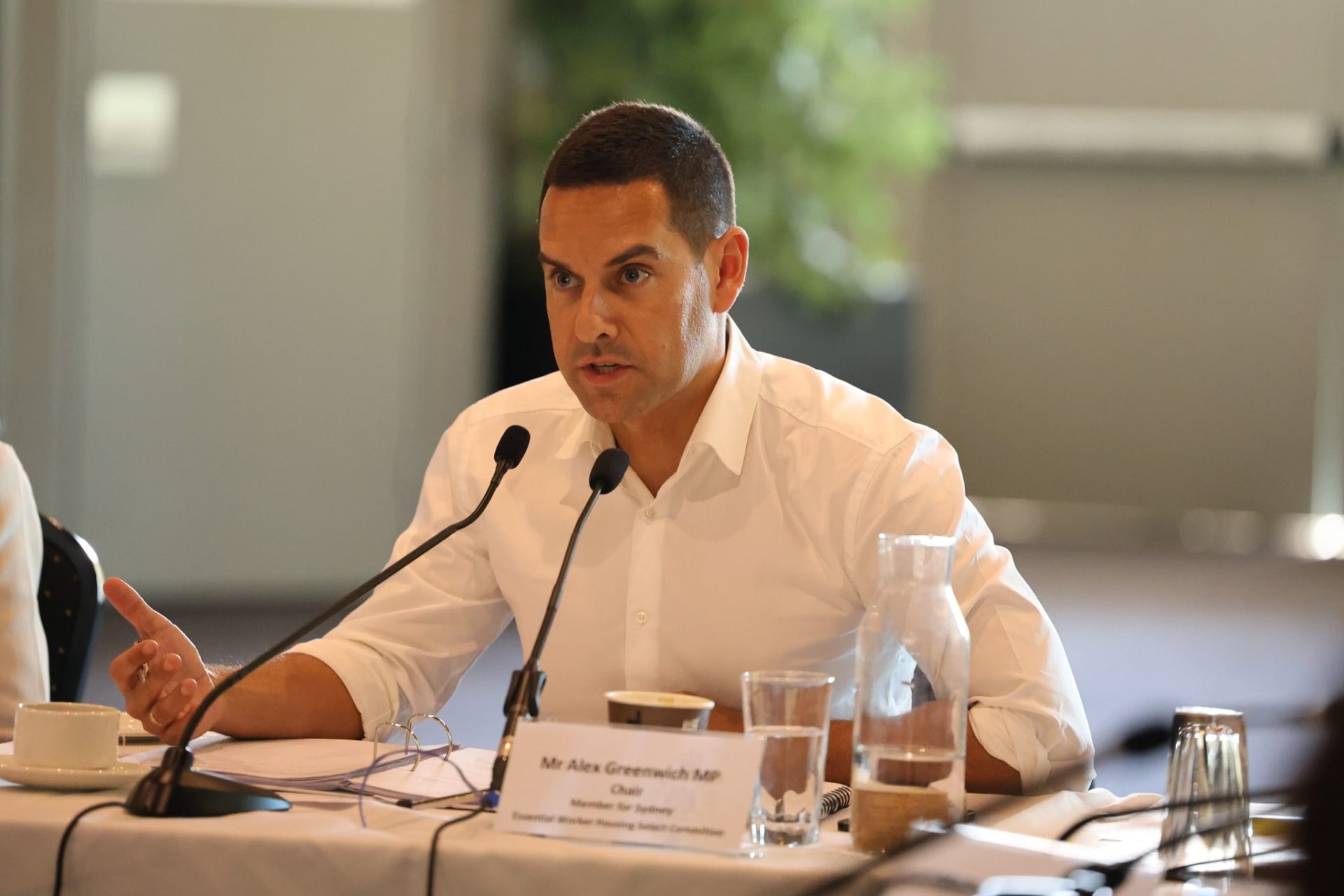
Other members of the Select Committee are Sally Quinnell (Deputy Chair), Stephen Bali (Member) and Liza Butler (Member). The Select Committee received almost 100 submissions from organisations and individuals across NSW. For the public hearing at Balgowlah RSL witnesses included: HOPE Housing and Police Bank with a member of the police force who benefited from a housing share equity scheme, Community Housing Providers Bridge Housing, Pacific Link Housing and Link Wentworth, Transport Workers’ Union of NSW, Faith Housing Australia, Northern Beaches Council, Member for Wakehurst, Michael Regan, Member for Warringah, Zali Steggall OAM, the private urban planning company, Urbis and Sydney YIMBY, a grassroots, membership-based non-profit who advocate for abundant housing in Sydney.
It was an extensive day of discussions. While difficult to summarise, we’ve done our best…
Who are essential workers?
While there wasn’t a consensus on whether a definition of an essential worker was required, there was a solidarity that each geographical location should be able to alter what they consider an essential worker to be.
“Essentially, an essential worker is a worker in an occupation that drives the core function of the LGA forward and each LGA could determine the key services in their area and how those services affect their community,” Mr Daniel Peric from Transport Workers’ Union of NSW said.
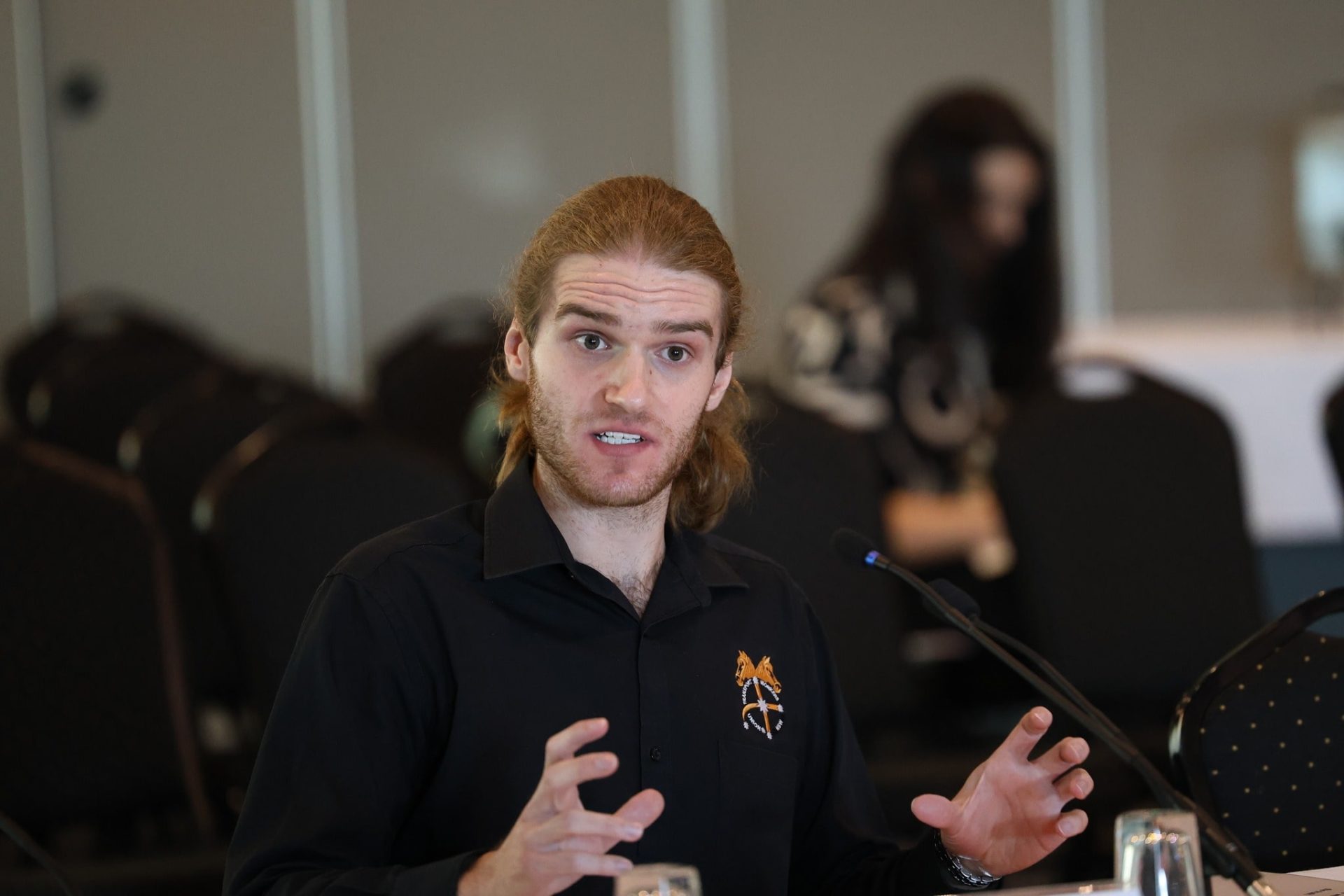
He added that during the pandemic, truck drivers who transported foods to supermarkets were considered an essential worker, as well as those who packed the food on the shelves. And while those jobs are important, he explained people don’t necessarily see them within the same definition that includes nurses, police and paramedics.
What issues are the Northern Beaches’ essential workers facing?
We’ve already started to see the impact of essential workers not living where they work with bus driver shortages affecting the main form of public transport on the beaches (you can read more about that here).
“The more affluent the electorate is, the more problems for essential workers,” Ms Steggall, said at the start of her opening address.

It’s why the Northern Beaches has been an area chosen for the Select Committee’s public hearing – the high house prices and low rental vacancy rates (which drive up rental costs) are forcing essential workers to leave the area.
Ms Steggall, who recently held a Housing Forum which you can read about here, explained that in Warringah, the median house price is $2 million and median rent is $625 per week. There is a one per cent vacancy rate (when the recommended vacancy rate should be three per cent). She added that over a third of renters are spending over a third of their income on rent – an indication of rental stress.
“There are demographic trends that are of concern,” Mr Malcolm McDonald, Executive Manager Strategic and Place Planning, Northern Beaches Council added.
“There have been over 2,000 health care and social assistance positions become available in the Northern Beaches, mainly because of the Northern Beaches Hospital, but in the last 12 months we have seen a 7.5 per cent reduction in health care workers living on the Northern Beaches.
“8,000 people over 60 moved to the Northern Beaches in the last 12 months. This demographic requires greater health and overall care and support, but during the same period 2,000 25- to 45-year-olds left the Northern Beaches.”
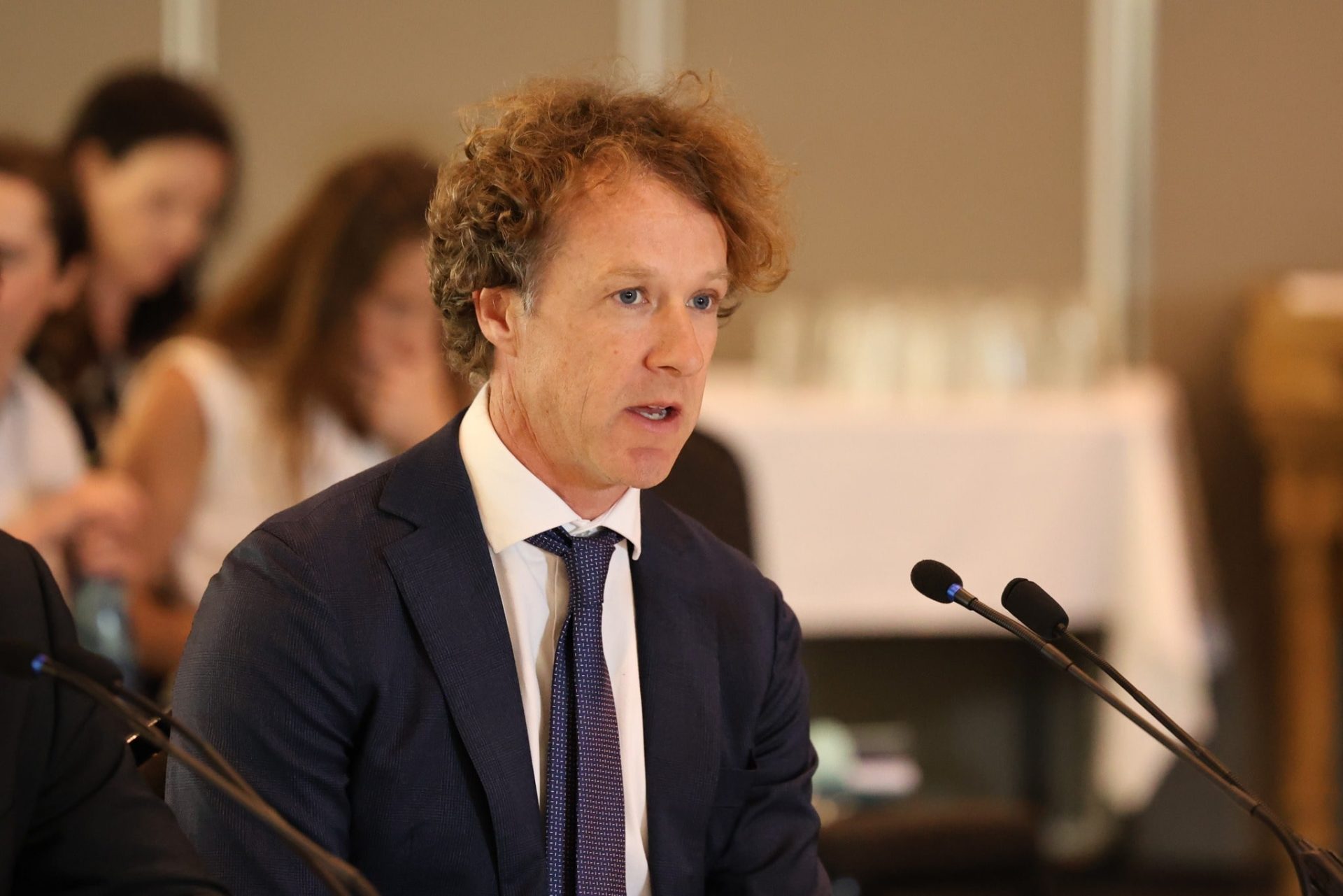
Mr McDonald said that while Council has measures in place to address affordable housing on the Northern Beaches, there were only so many levers Council could use to address the issue.
“A vast number of Northern Beaches Area Command police live on the Central Coast and besides the commute being an issue, it means we have a police force that doesn’t have local knowledge of the area,” Ms Steggall added.
Mr Peric explained that there is a charter bus that travels to the Central Coast and Hunter to transport bus drivers to the Northern Beaches depot for their shifts.
In all essential worker professions, witnesses said that the contributing factor to staff shortages and challenges with staff retention was due to essential workers not being able to afford to live on the Northern Beaches and the stress of lengthy commutes, sleeping in their cars or hot bedding between shifts.
A police officer who participated in the shared-equity scheme between Police Bank and HOPE Housing said that being able to own a home in the area he works was the difference between staying in the police force or leaving.
HOPE Housing enables essential workers and their families to purchase a home in the community they serve by bringing together the homeowner’s deposit, bank funding, and a shared equity co-investment in the property chosen by the essential worker.
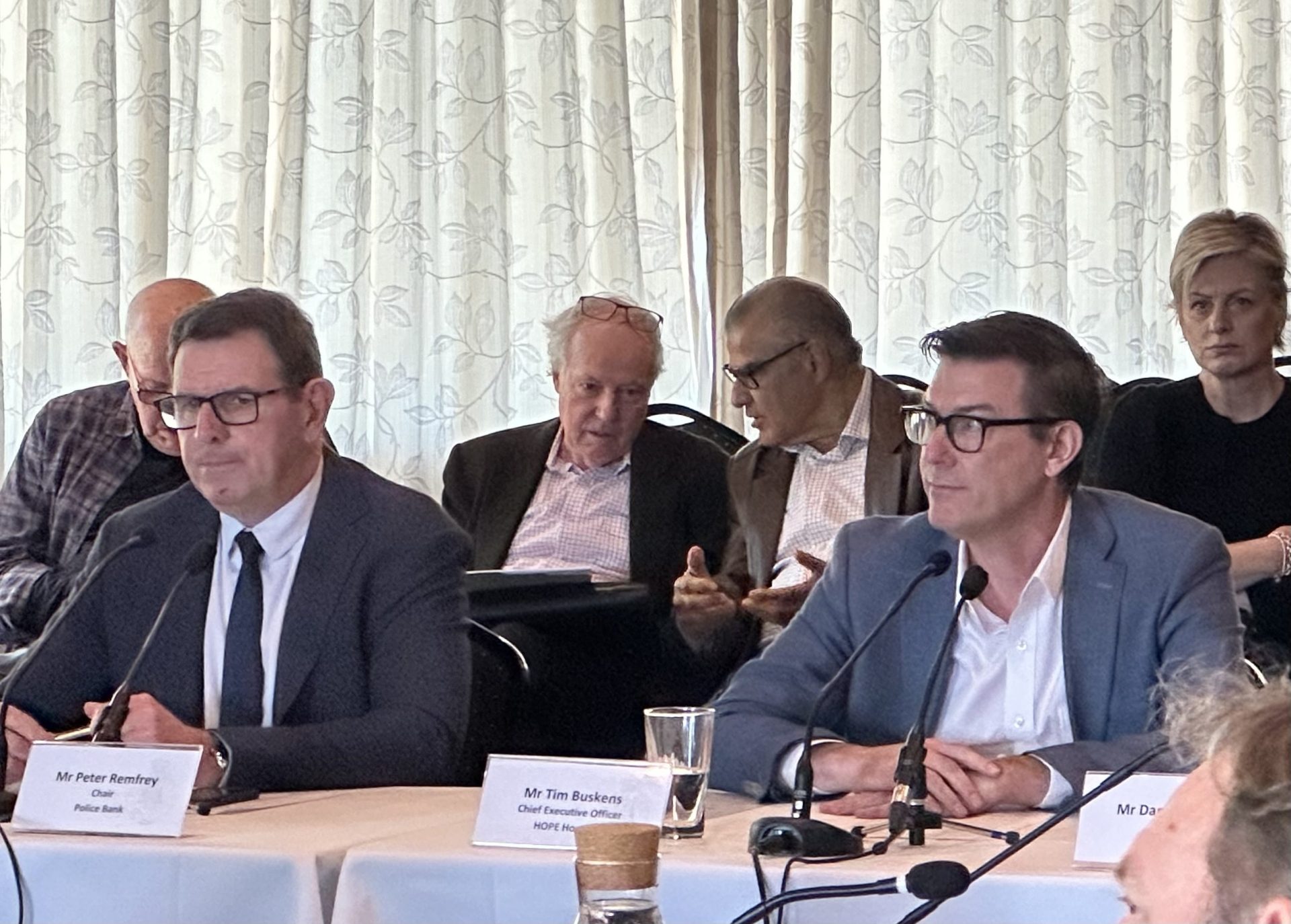
Without advertising or promoting the scheme, there are already 300 police officers and their families on the waitlist for the scheme.
In the Northern Beaches Local Housing Strategy (2021) it was identified that there is a current shortfall of 8,100 social and affordable housing dwellings on the Northern Beaches, which is set to increase by another 1,880 dwellings by 2036.
Problems and Solutions
There are two shared-equity government schemes for people on low income to access housing (they are not specifically for essential workers). The state program, NSW Shared Equity Home Buyer Helper, ended in June 2024, and the federal program, Help to Buy Program, has not yet started. Both programs, according to HOPE Housing, don’t work for essential workers wanting to live on the Northern Beaches. The asset cap for the purchased property was $950,000 for the NSW scheme and will be $900,000 for the federal program (remember, median house prices on the Northern Beaches is $2 million). Essential workers earn too much to be eligible for the programs. The shared equity scheme contribution is 40 per cent for a new home and 30 per cent for existing dwellings. Finally, under the federal program, there will be five-yearly reviews to assess whether the applicants still meet the eligibility criteria, which creates instability.
By contrast, a shared-equity scheme like HOPE Housing has no asset cap, no gross income cap, the homeowner deposit is 2.5 per cent, up to 50 per cent shared equity contribution for either a new home or existing dwelling, a buy-back program where essential workers can slowly buy out the shared equity contribution if possible and the program is open. There are 3,500 essential workers across NSW on the waitlist and HOPE are asking for the government to invest in their program so they can support essential workers into stable home ownership.

The Northern Beaches Council requires all new developments to include 10 to 15 per cent as affordable housing and they are currently reviewing the minimum land size for dual occupancy (at 800sqm the current minimum land size is larger than most blocks on the Northern Beaches).
Wakehurst MP Michael Regan spoke at the forum. “The old Frenchs Forest High School build is only a Development Application to rezone away, and the state government needs to make sure this gets dealt with now and that Home NSW will put Expression of Interests out to developers,” Mr Regan said.
The proposal is to have 1,000 dwellings on the old Frenchs Forest High School land, with 15 per cent marked as affordable housing in-perpetuity.
“A shared equity model would mean we could have the whole site, 100 per cent of dwellings, marked as affordable,” Mr Regan added.
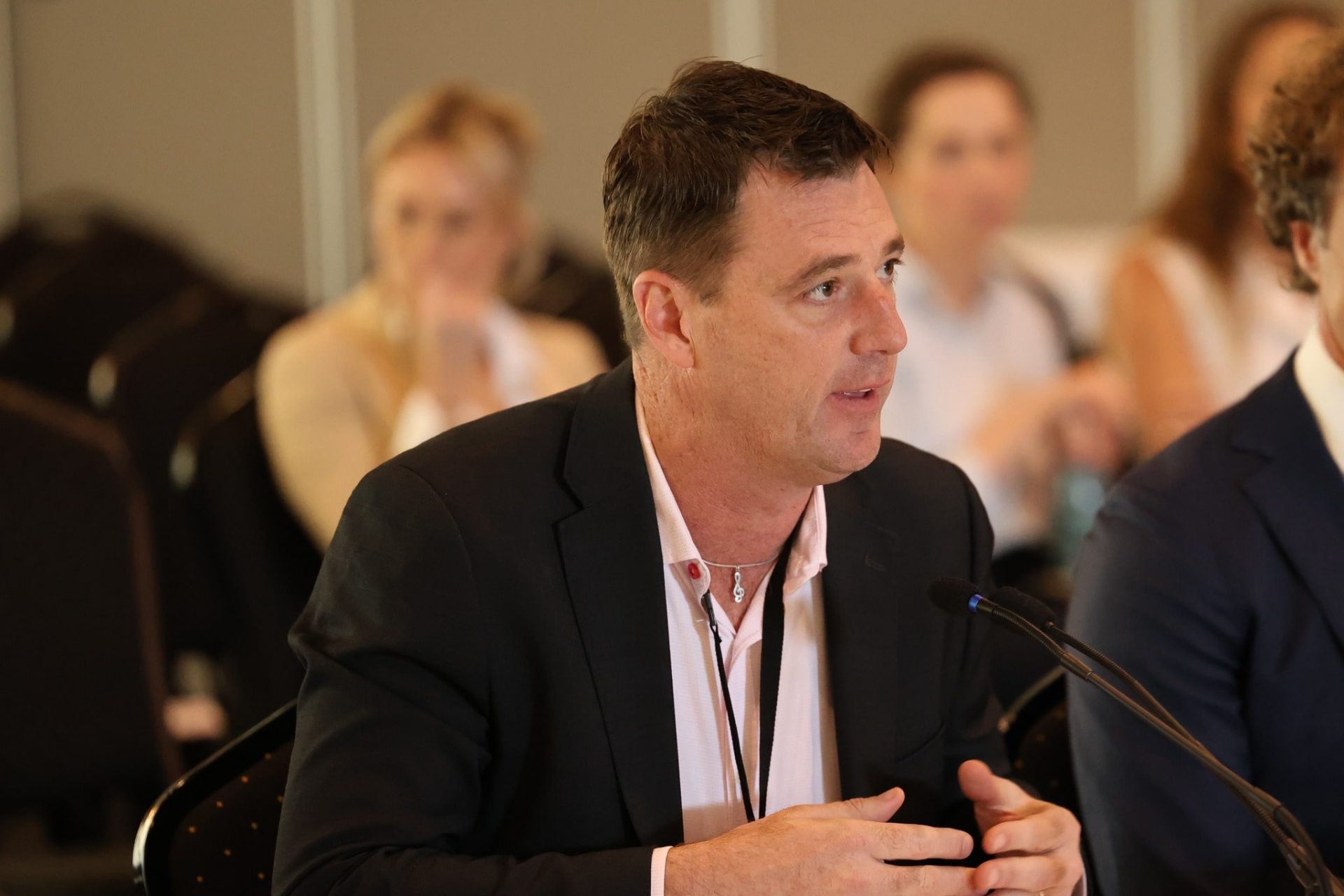
Other ideas floated were reviewing Capital Gains Tax on investment properties, removing Stamp Duty to support downsizers which would free up homes for the housing market, and considering the use of granny flats (without affecting the homeowners Capital Gains Tax exemption on their home) to increase rental stock in the community.
“It is important to understand that this Committee hearing is not simply a discussion forum,” Mr Griffin explained.
“The people of NSW understand full well that we are living amidst a housing crisis, and there is certainly plenty of debate on the issue. This is about more than simply reinforcing what we already know.”
He added the Committee is about scrutinising existing government policy and delivering real solutions with tangible outcomes.



